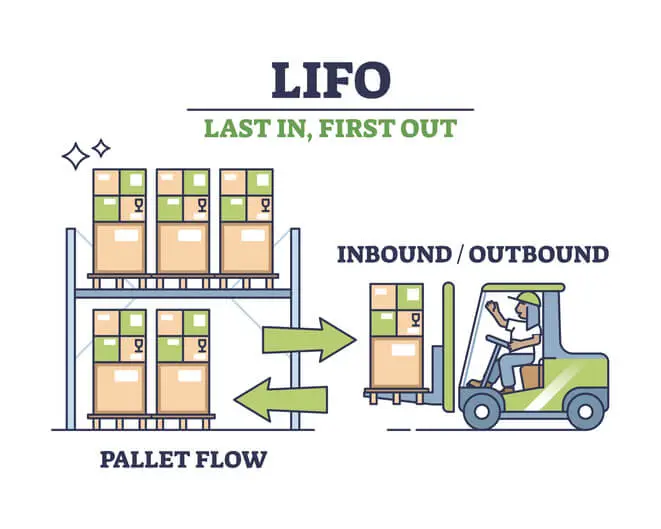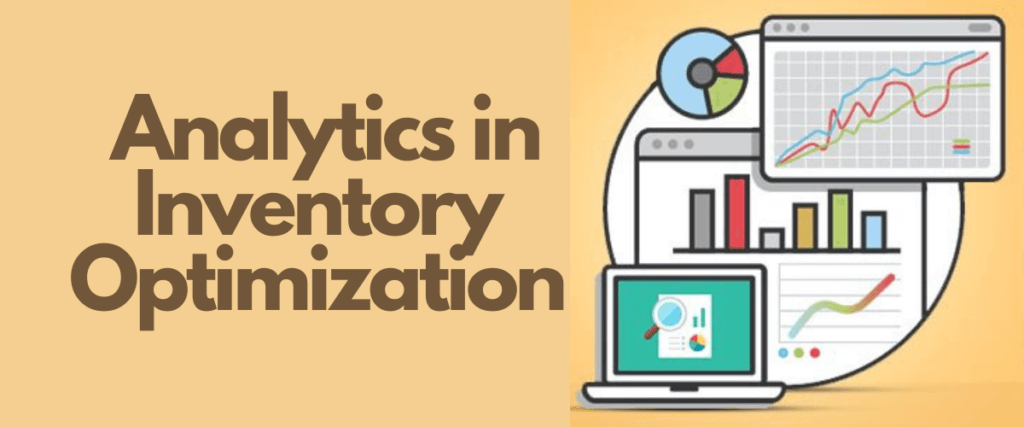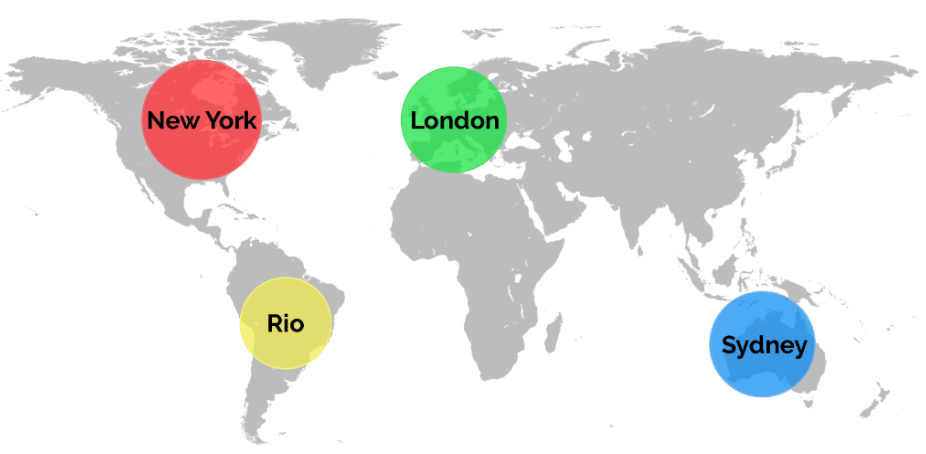Building a winning business case and getting approval for new technology is not just about having a great idea. It requires a clear, data-driven argument that connects investment to measurable business outcomes. This article provides a step-by-step framework for building a strong business case specifically for demand planning software. You will learn how to define the “why,” follow a structured process to gather supporting data, format the final document, and persuade decision-makers with confidence.
The Business Case Foundation: Linking Current Problems to Future Value
A successful business case starts with a clear understanding of your current challenges. This is not the time to define demand planning in broad terms. Instead, focus on the specific pain points your organization is experiencing as a result of current forecasting limitations—and how improved demand planning can resolve them.
Translate these challenges into financial terms. For example:
- Inventory Costs: The capital tied up in excess stock and the direct costs of warehousing it
- Lost Revenue: The sales lost due to stockouts, calculated from missed orders or backorders
- Operational Waste: The costs of expedited freight, production line changes, and inefficient labor allocation caused by poor forecasts
Next, present a clear contrast. Show how implementing demand planning software can directly address these issues and deliver measurable value. Highlight the following benefits:
- Improved Forecast Accuracy: Leads to lower inventory levels and fewer stockouts
- Optimized Capital: Reduces the need for safety stock and frees up cash
- Enhanced Service Levels (OTIF): Increases customer retention and opens new revenue opportunities
- Strategic Agility: Enables faster, data-informed responses to market changes
This forms the core argument of your case: solving existing problems by investing in a smarter, more effective solution.
The Core Process: Building Your Business Case in 3 Steps
Once the foundation is clear, it’s time to build your case with actionable steps. These three steps will give you the data, structure, and insights needed to support your final document.
Step 1: Baseline Analysis and Data Collection
Begin with a performance baseline. You will need to gather key metrics such as:
- Forecast accuracy (MAPE or WAPE)
- Inventory turnover rates
- Frequency and duration of stockouts
- On-Time-In-Full (OTIF) delivery rates
- Inventory carrying costs
In addition to hard data, interview team members from sales, operations, and finance. Collect examples that illustrate how poor forecasting impacts daily operations. This qualitative insight adds depth to your quantitative findings and creates a more complete view of the current state.
Step 2: Financial Modeling and ROI Calculation
With a baseline in place, the next step is to model the return on investment. Use conservative, industry-standard improvement estimates. For example, model the impact of a 20 percent reduction in inventory or a 15 percent increase in forecast accuracy.
Calculate projected cost savings such as lower carrying costs and reduced waste, as well as potential revenue gains from fewer lost sales. This analysis should yield executive-level financial metrics, including:
- Return on Investment (ROI)
- Payback Period (in months)
- Total Cost of Ownership (TCO)
These are the numbers decision-makers want to see, and they form the financial foundation of your case.
Step 3: Solution Requirements and Vendor Evaluation
Before you can calculate TCO, you must define your software requirements. Create a list of must-have features, including:
- Functional Requirements: Examples include statistical forecasting, S&OP collaboration tools, and exception management
- Technical Requirements: Such as integration with your current ERP system, scalability, and data security
This list helps you evaluate potential vendors and compare them based on fit and total cost, not just licensing fees. Request demos that address your specific pain points. Be sure to include costs for implementation partners, internal training, and ongoing support in your TCO analysis.
Assembling the Final Document: Your Blueprint for Persuasion
Now it’s time to bring everything together in a formal document. This business case should be easy to digest, well-organized, and tailored for executive audiences. Use the following structure:
- Executive Summary: One page that summarizes the problem, proposed solution, total cost, projected ROI, and payback period. Write this section last but place it at the beginning.
- Problem Statement and Current State Analysis: Outline the challenges you face today and back them up with the data collected in Step 1
- Proposed Solution and Benefits: Describe the software you selected, map its features to your identified problems, and highlight expected benefits based on Step 2’s analysis
- Implementation and Cost Breakdown: Provide a high-level timeline, list required internal and external resources, and present a clear breakdown of the Total Cost of Ownership
- Risk Assessment and Mitigation Plan: Address common concerns such as poor user adoption, data quality issues, and implementation delays. Offer specific mitigation strategies such as change management plans, data cleansing efforts, and choosing an experienced implementation partner
This structure keeps your case focused and persuasive, with every section working to support the overall argument.
Delivering the Pitch: Engaging Stakeholders and Securing Buy-In
Even the strongest document can fall flat if it is not presented well. Success also depends on how you deliver your pitch.
Start by identifying key stakeholders, such as the CFO, COO, and CIO. Tailor your message to what matters most to each of them:
- CFO: Emphasize ROI, payback period, and overall cost
- COO: Focus on operational improvements, inventory efficiency, and service levels
- CIO: Highlight integration capabilities, scalability, and security
Use visuals wherever possible to communicate complex ideas quickly. Tell a story with your data, and anticipate objections. Come prepared with thoughtful, data-backed responses to common concerns.
From Business Case to Business Value
A business case is more than a request for funding. It is a strategic roadmap that shows how smart investments can unlock meaningful business outcomes.
By following the process outlined here, you can build a case that resonates with leadership, connects investment to results, and drives real transformation across your supply chain. The first step is simple: quantify your current pain points, and let the data lead the way.
Once you’ve built your case, seal the deal by booking a demo with Intuendi.






